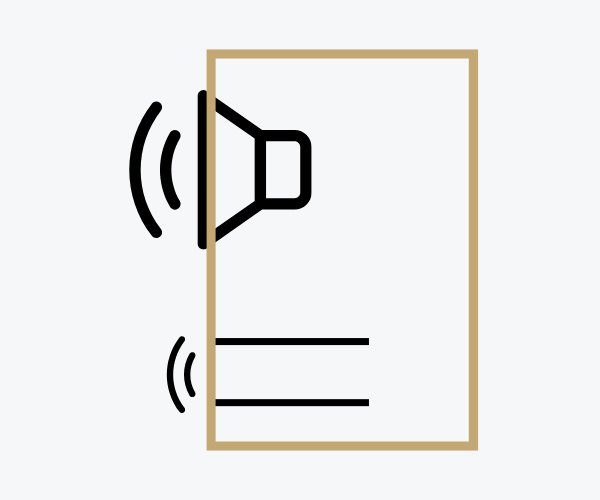The Sound of Air in Motion
When you think of powerful bass, you’re often hearing more than just the driver itself. A large part of that deep, room-filling sound comes from the clever use of a ported enclosure, better known as a bass-reflex box. Unlike sealed boxes, which trap air behind the driver like a spring, bass-reflex enclosures use an additional acoustic element: a tuned port or vent.
This vent acts as a resonator, reinforcing low-frequency output at a carefully chosen frequency. The result is more bass for the same amount of amplifier power, greater efficiency, and often a sense of “effortless” low end. But, as with everything in audio design, there are trade-offs.
